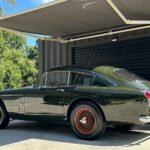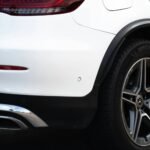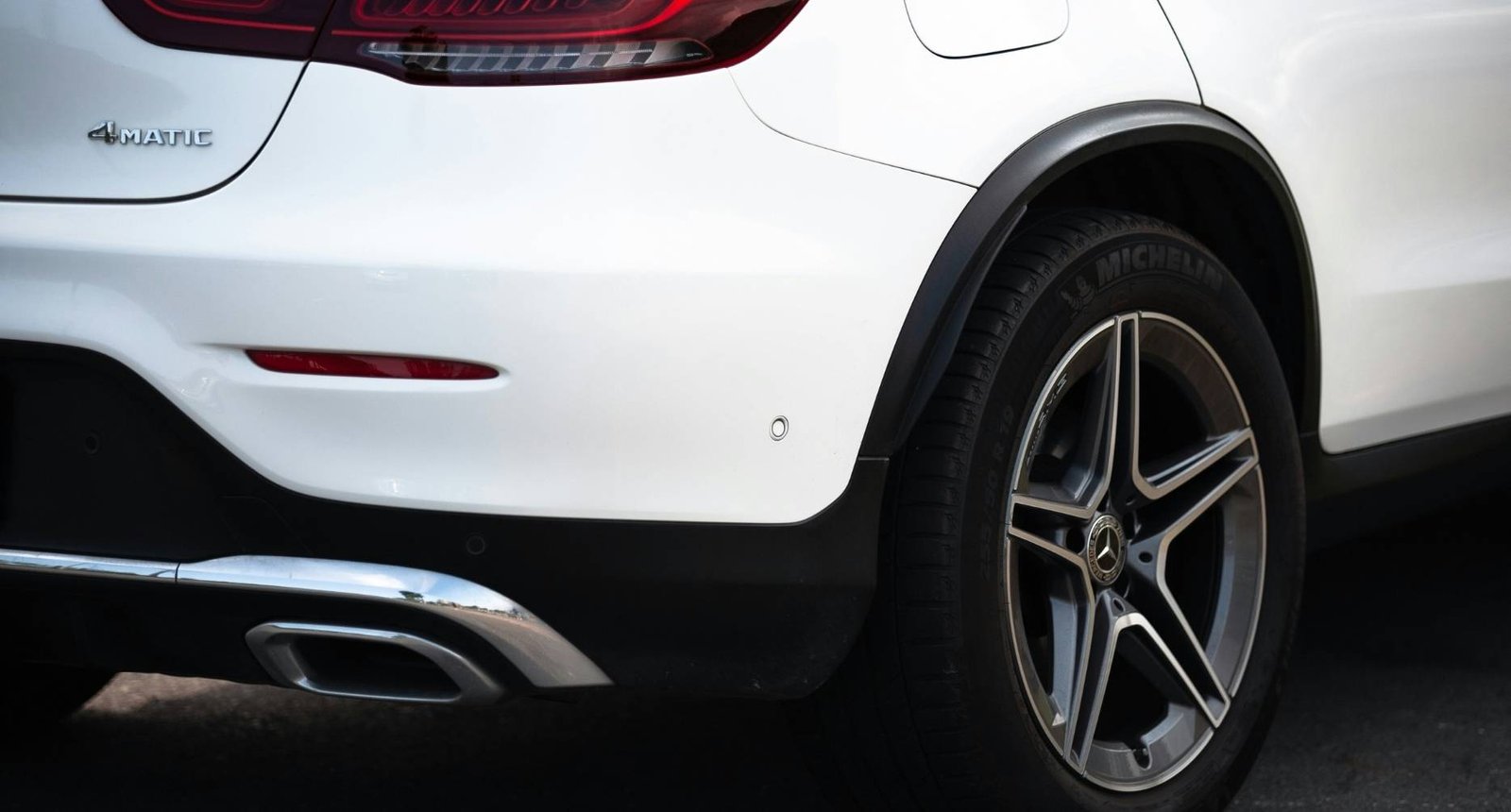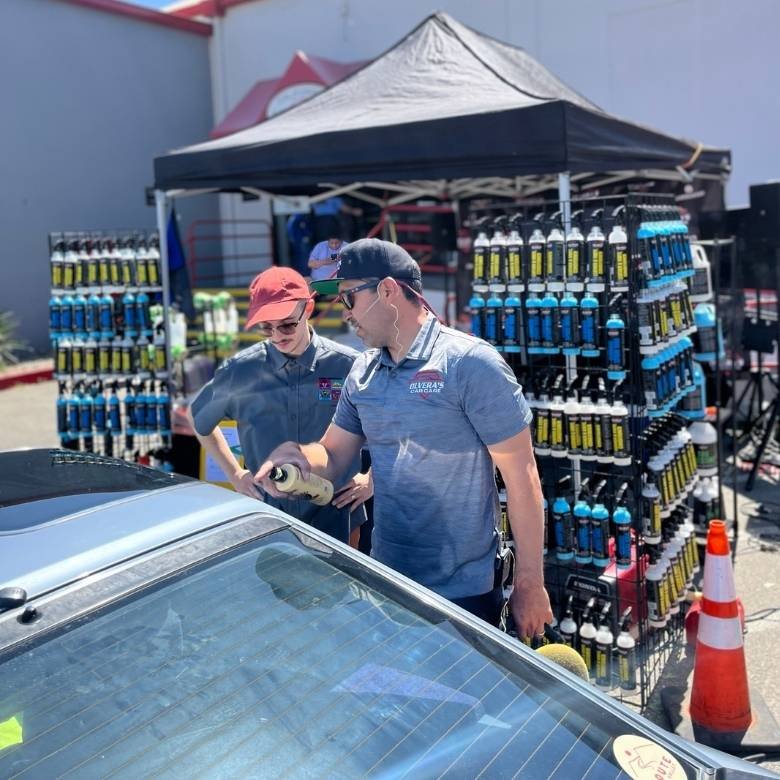Ceramic coating and paint protection film (PPF) both deliver exceptional benefits—ceramic coatings provide unmatched gloss, slick hydrophobic performance, and easier maintenance, while PPF offers the ultimate shield against rock chips, scratches, and road debris. The real advantages of each, helping you choose the protection that keeps your car looking flawless for years to come.
The Top Car Protection Choices Today
When it comes to protecting your vehicle’s paint, two of the most trusted and talked-about options are ceramic coatings and paint protection film (PPF). Both deliver excellent benefits, but they serve different purposes, and the best choice ultimately depends on your car, your budget, and your expectations.
At Olvera’s Car Care, we’ve applied countless ceramic coatings and witnessed firsthand how they preserve gloss, depth, and cleanliness for years when maintained properly. Our X Pro Graphene Ceramic Protection, developed in collaboration with industry chemists, offers professional-grade durability and superior hydrophobic properties that our clients truly value. On the other hand, PPF is unmatched for impact resistance and is an excellent investment for high-end or brand-new vehicles that deserve showroom quality preservation.
The truth? Neither option is permanent. Ceramic coatings can last anywhere from several months to 3–7 years depending on care, while PPF will eventually require replacement to prevent yellowing or bonding. What matters most is selecting the right protection for your needs and maintaining it properly. As detailers and enthusiasts, we always provide honest guidance, because the right choice isn’t about chasing trends, it’s about what works best for your car.
Ceramic Coating: Gloss, Hydrophobicity & Long-Term Ease of Care
Ceramic coatings—especially advanced formulations like our X Pro Graphene Ceramic Protection—are ideal for car owners who want:
- Enhanced gloss and depth that make the paint stand out in any light.
- Hydrophobic properties that help water, dirt, and contaminants slide off with ease.
- UV and chemical resistance that protect paint from sun damage and environmental wear.
- Scratch resistance that reduces light marring during washes.
Our Expert Experience
Before finalizing X Pro, we tested multiple formulations and worked with a lab to develop a slower-curing solution that levels more smoothly. Once cured, its graphene-based chemistry creates a stronger, more durable bond compared to traditional ceramics. While coatings can last 3–7 years, their real lifespan depends heavily on maintenance and exposure. Garage kept vehicles, washed with neutral soaps and dried using air blowers or soft towels, maintain protection far longer.
Paint Protection Film (PPF): The Ultimate Barrier Against Impact Damage
Paint Protection Film (PPF) provides a physical shield that protects your car from road debris, rock chips, scratches, and harsh environmental conditions. Unlike ceramic coating, which bonds chemically, PPF is a film applied directly to the paint.
- Superior impact resistance against chips and scratches.
- Self-healing properties on premium films that correct light swirl marks with heat.
- Versatility—can be applied to bumpers, hoods, fenders, or the entire vehicle.
- Ideal for high-value or new cars that deserve flawless protection.
Considerations
Like coatings, PPF is not permanent. Under heavy sun exposure, it may discolor or require removal in case of an accident or after several years to avoid bonding issues. Proper professional installation is essential, and costs can vary significantly—from a few hundred dollars for partial coverage (such as a front bumper) to several thousand for full-vehicle protection.
Expert Takeaway
If your goal is a deep, long-lasting shine with simplified maintenance, ceramic coating is the smarter choice. If maximum protection against physical damage is your priority, PPF is the better investment. Many car enthusiasts choose to combine both solutions—using PPF on high-impact zones and ceramic coating on the rest of the vehicle for complete, long term protection.





